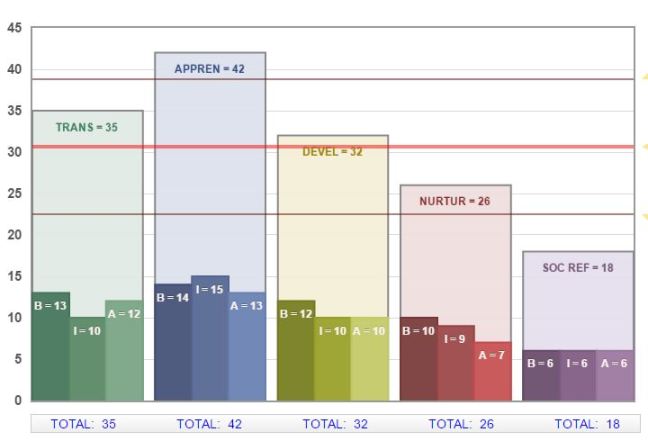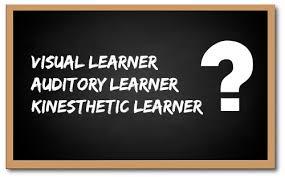Here is the Link to my Feedback Strategies digital project
https://magic.piktochart.com/output/22616989-questionnaires

Here is the Link to my Feedback Strategies digital project
https://magic.piktochart.com/output/22616989-questionnaires

Going into this inventory I wasn’t quite sure what to expect. Not being in a teaching role I had to do a bit of speculation. Overall the results didn’t surprise me, after all I used my experience as an apprentice in the classroom as my perspective for answering the questions and that is where I am looking to teach in the future. I think it will be interesting to see what my results will be in 5-10 years after and if my beliefs, intentions and actions have any significant changes.
As I was going through some discussion forums tonight on gamification / augmented reality, I found myself daydreaming a bit and imagining the possibilities of AR tech in both my job as a technician and in my future as a teacher. At the shop I work at now each technician has a computer at their bench. All the work orders are electronic and we have access to repair manuals and the whole shop and front office is set up on a chat program. I’m picturing in my mind all that being done on a pair of smart glasses.
When it comes to the classroom, I imagine having a 3D image of an engine hovering in the center of the class. As I’m explaining all the different parts and their functions I can zoom in and pull it apart.
Maybe I’ve watched iron man too many times but I eagerly look forward to the day when it’s not just my imagination.

Flow Theory is that “sweet spot” in learning where the learner is fully engaged or immersed in what they are doing. This can also be thought of as “being in the zone”.
Personally I have seen this working out in a couple of places. During my schooling to become an automotive technician I was constantly below this flow zone. The challenge that was there was low compared to my skills and it was quite boring and time really dragged on. In contrast, when I was out on the job learning and doing certain jobs, I felt constantly engaged and the day just flew by.
Another example that happened this last weekend was myself and a few friends started playing a new board game. It was quite in depth and had a lot of small details to figure out but we got so into it that before we knew it 2 hours had passed by.

It came as a bit of a shock to me today that learning style is a myth. After reading Angela’s discussion forum on learning styles and following some of the links, my mind had been changed. What I was most surprised by was the fact that I never questioned it before. I don’t remember when or from whom I first heard the theory but it was probably early on in my childhood education. I definitely fell into the trap of “interpreting ambiguous situations as consistent with the theory” but there were also plenty of times when situations didn’t quite add up but I just ignored it and brushed it off. This has reminded me how important it is to not only challenge and question the assumptions that other people make but also the challenge our own assumptions. Either we will confirm what we think and now have better reasons for it or we will come to a different conclusion and change our thinking.
All You Need to Know About the ‘Learning Styles’ Myth, in Two Minutes
After web-conferencing with my learning partner Megan, I came to the realization of how vast and how different the job of educating can be. I think this is something I already knew but it still amazes me. After reading over our articles, both of us came to vastly different ideas of education but both of us were correct. What will be effective in her teaching and for her students would not work in my field and vice-versa. The one thing that I really took away from this experience is that teaching is not just a profession, it is a skill that is learned and adapted into every different field and area. We are training these skills and to be able to effectively share our knowledge in our area of expertise. Even though we are training to become teachers/instructors, everyone will continue to learn and thus be a student is some ways the rest of our lives.
http://www.wikihow.com/Write-a-Unit-Plan
The automotive field naturally forms into different units; Engine, drivetrain, brakes, suspension, body, and each of these can be broken down even further. I chose this resource because I can see that unit planning will be a big part in my role as a teacher. Even though this resource is geared toward younger teachers and classes, the principles carry through to adult education. Learning how to create structured lesson plans by using units is the same regardless of age and this provides a good template for creating effective units.
http://www.k-state.edu/ksde/alp/resources/Handout-Module6.pdf
One of the biggest complaints I’ve heard from automotive students and continue to hear is how poorly written or poorly worded the exams are. I feel this will be one of my biggest challenges in the future, to come up with good tests to assess the knowledge of my students. I think this resource will be a great tool when it comes to creating and improving tests so they are challenging to the students but also not confusing